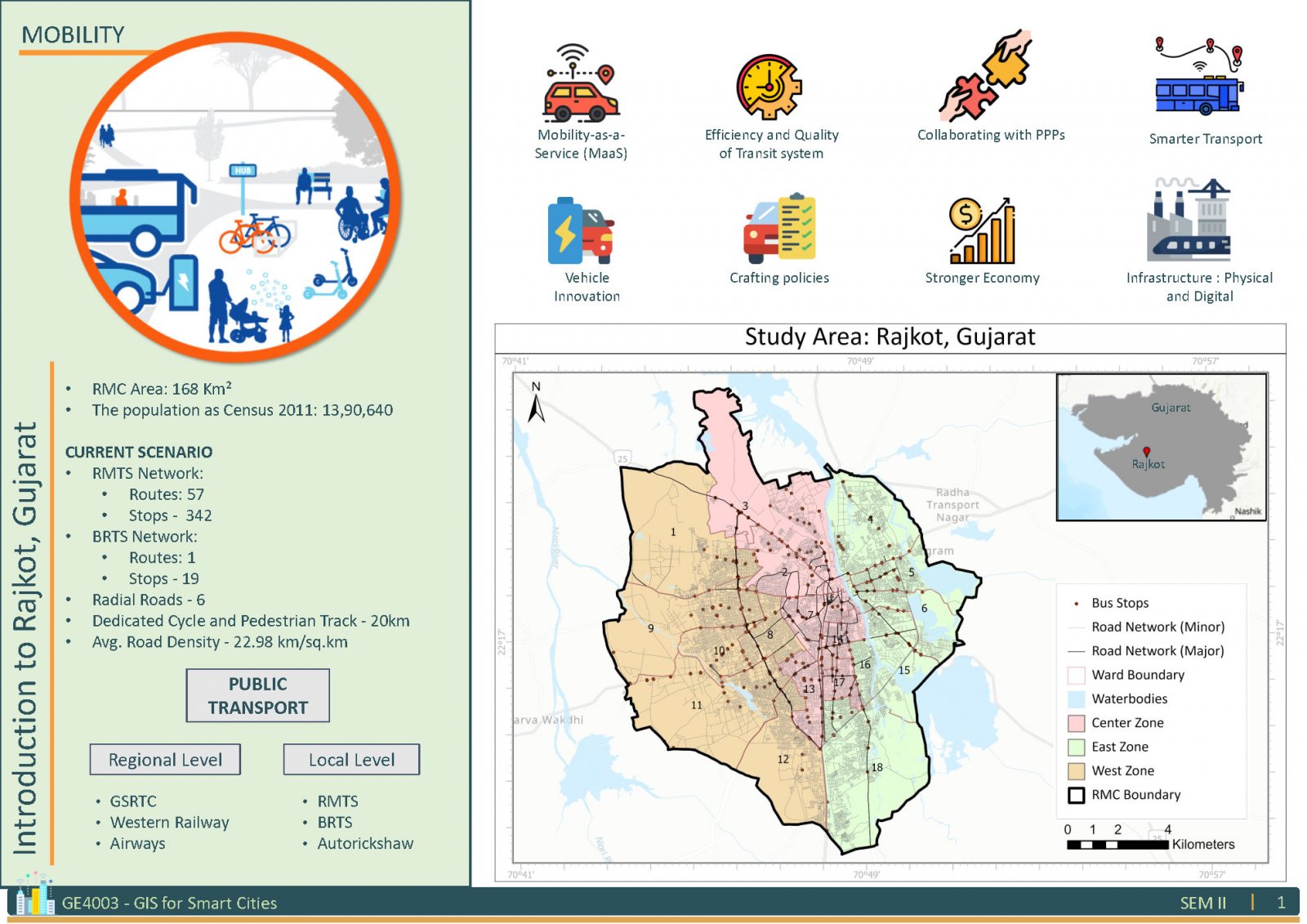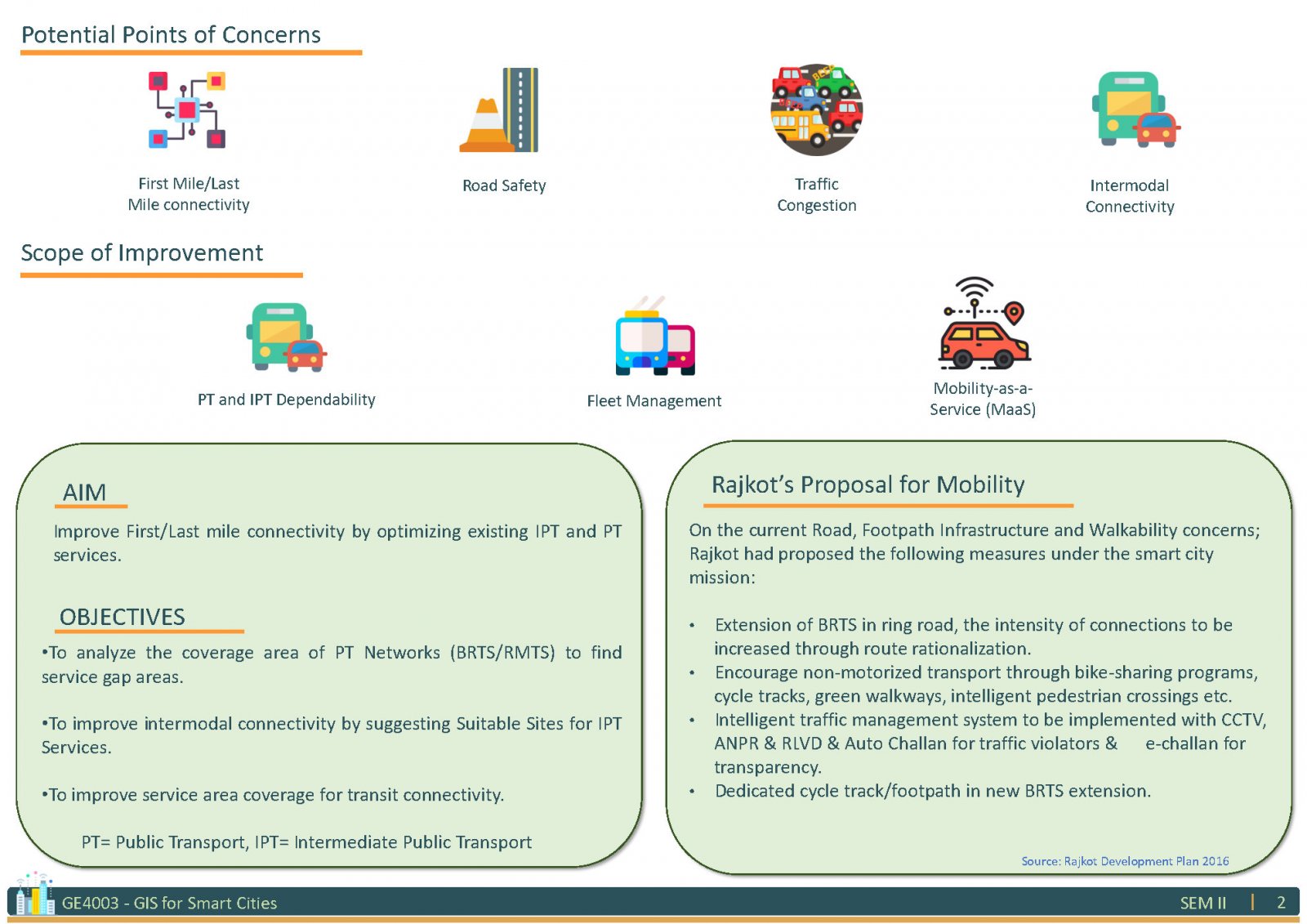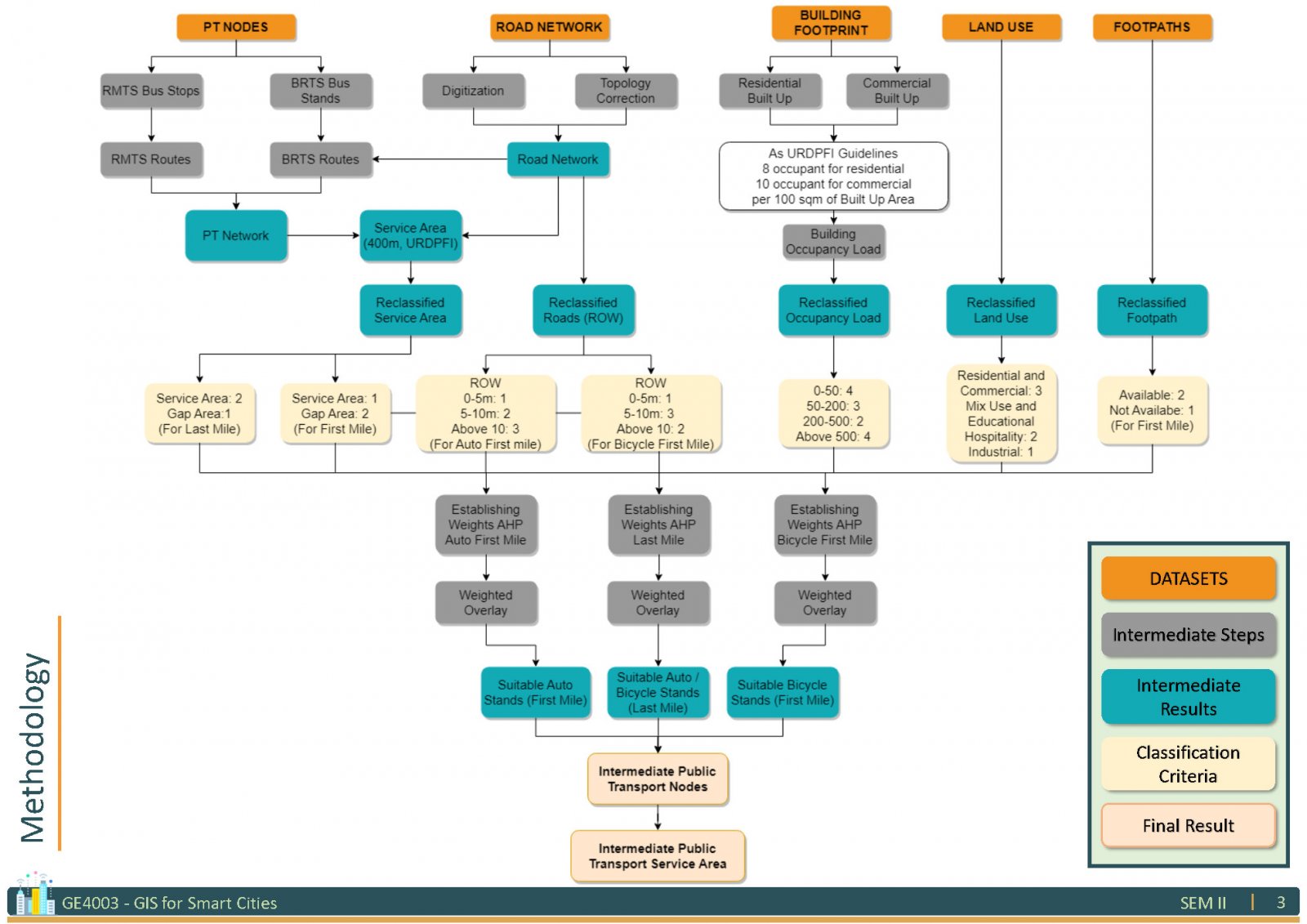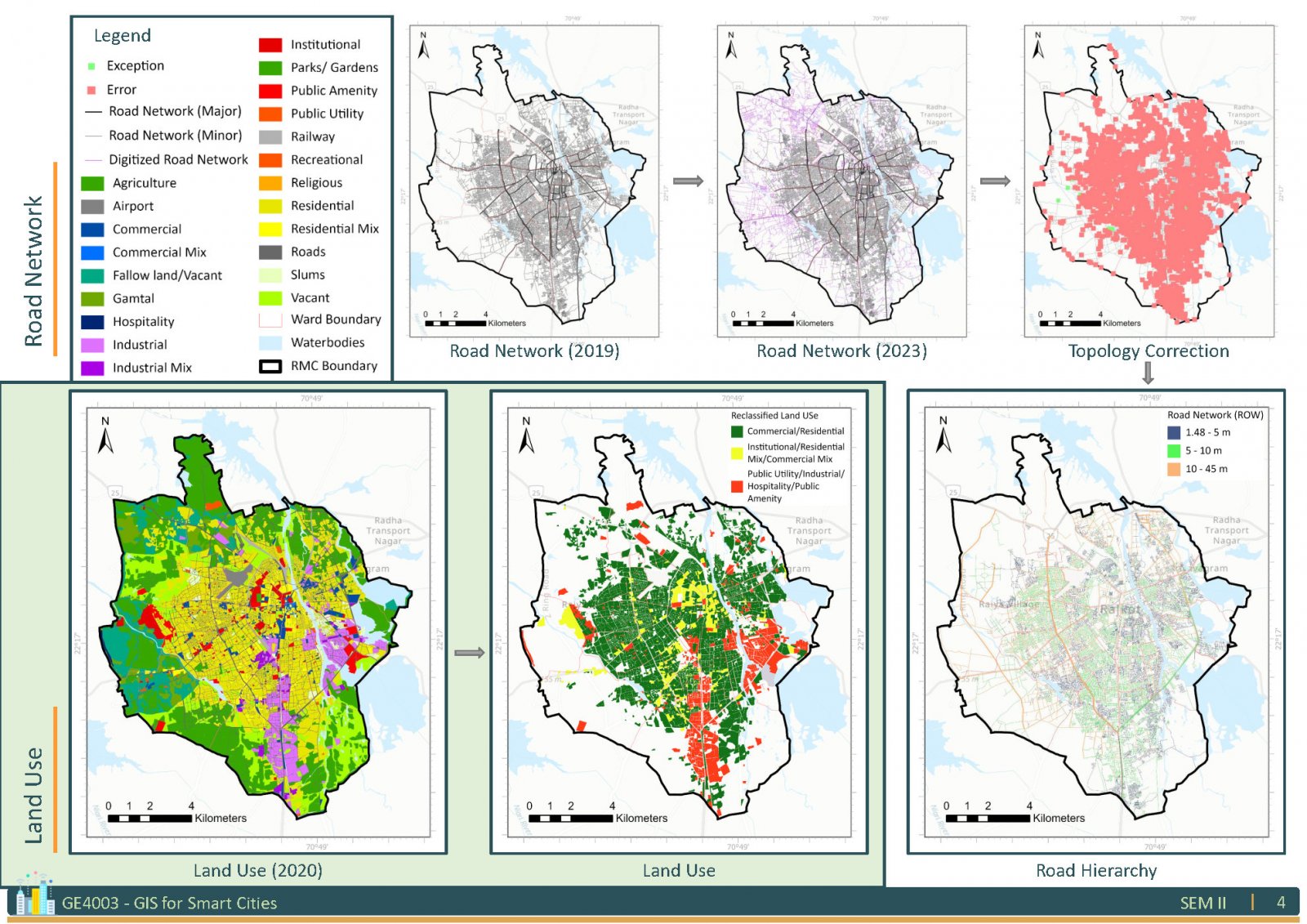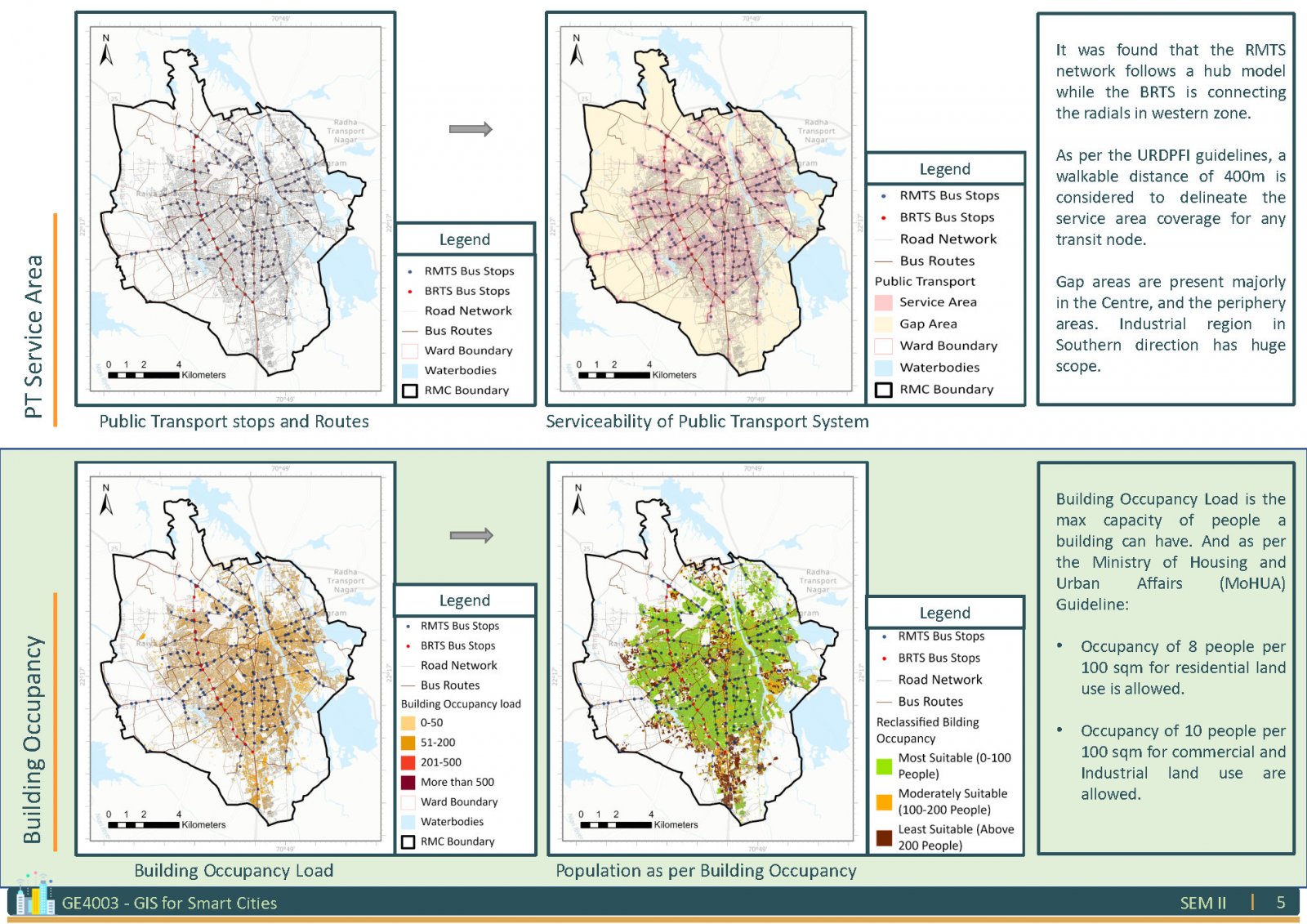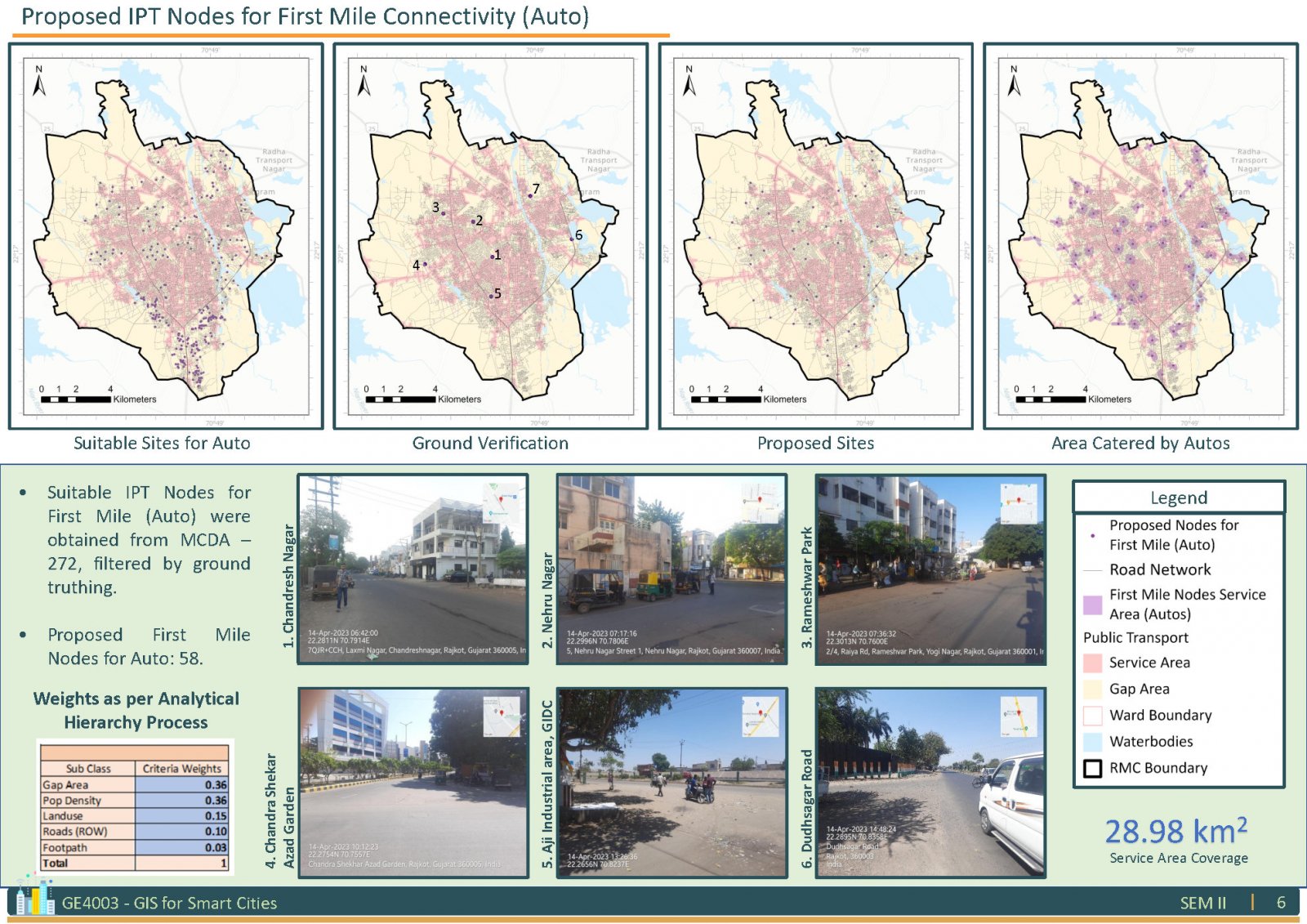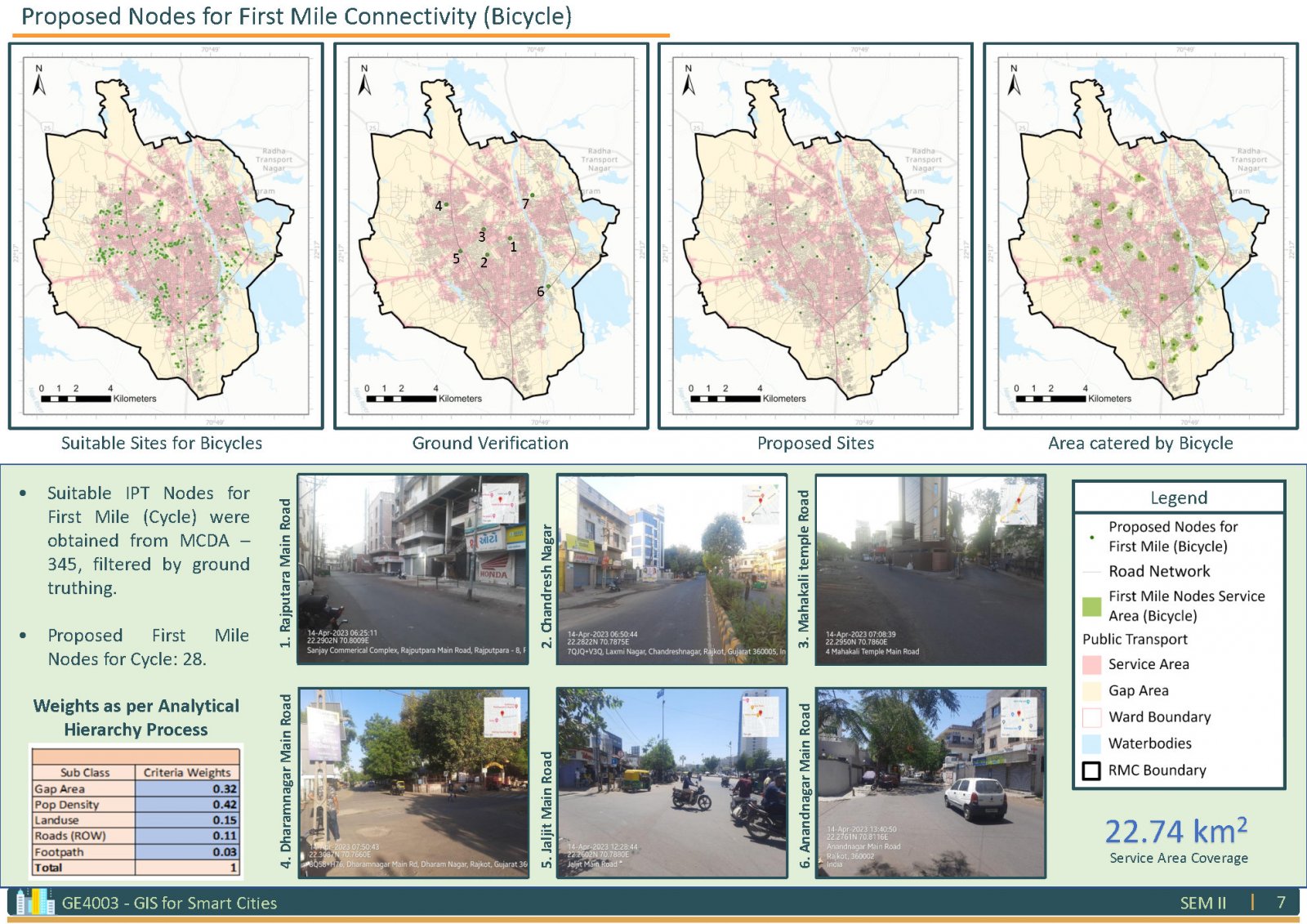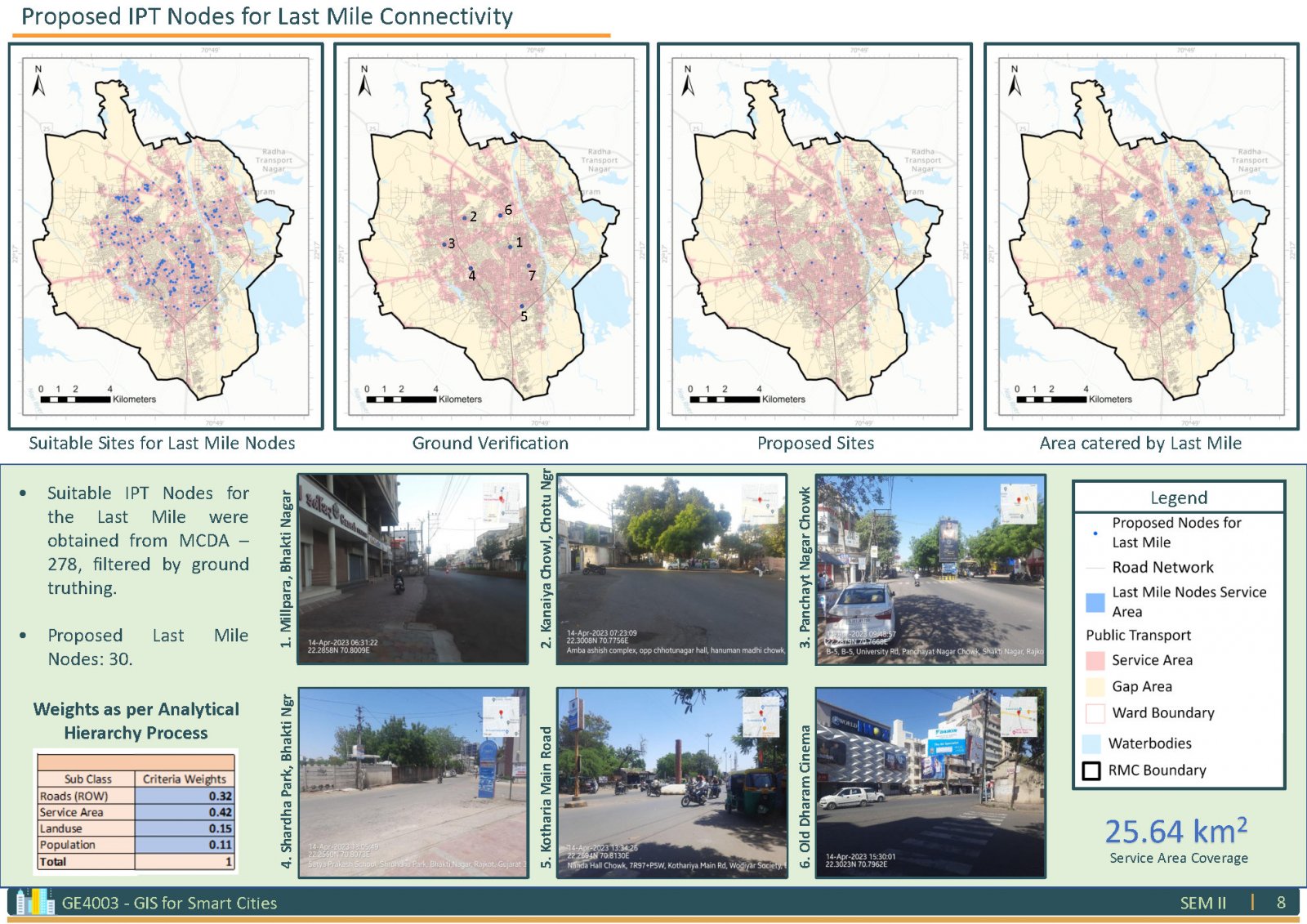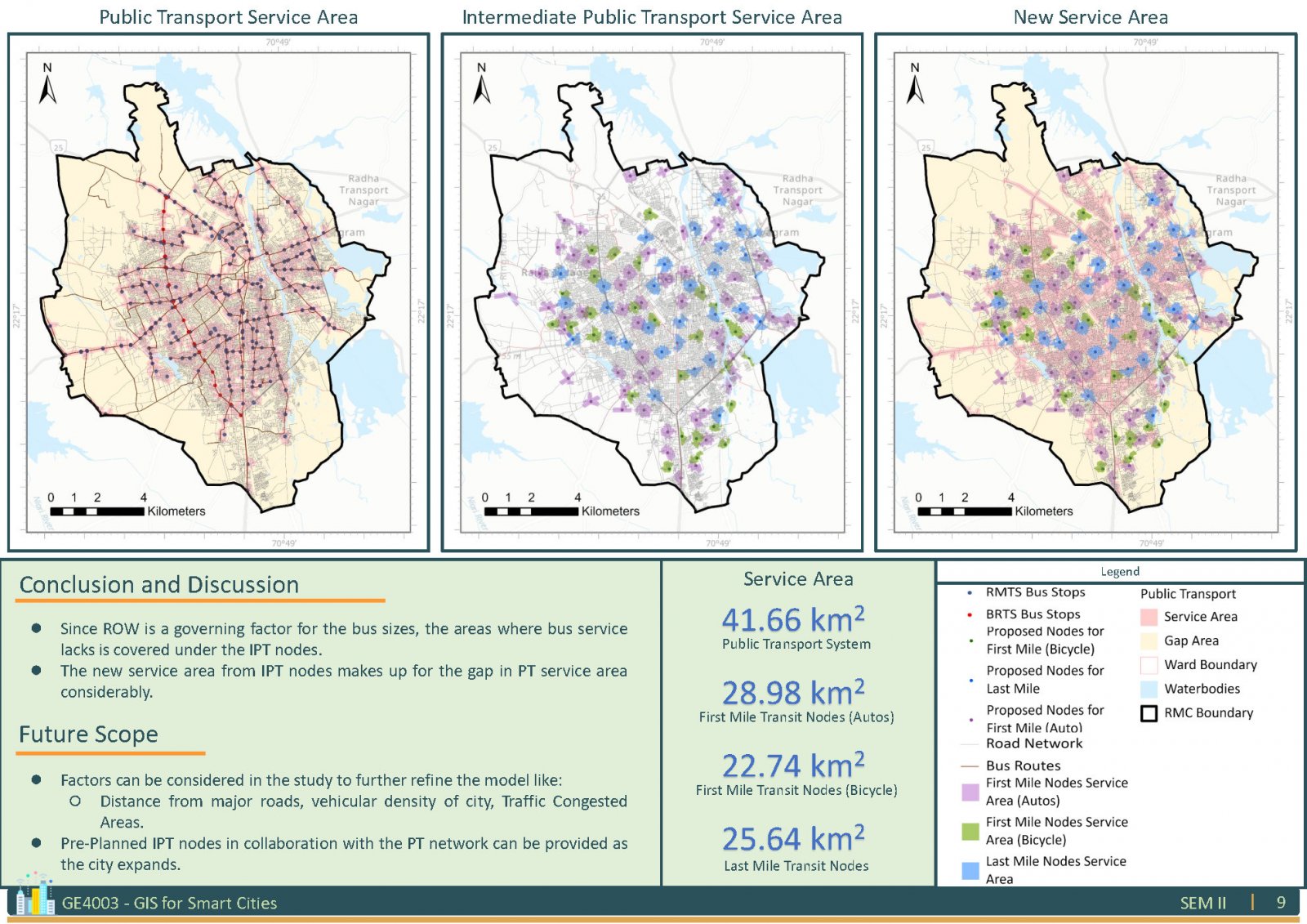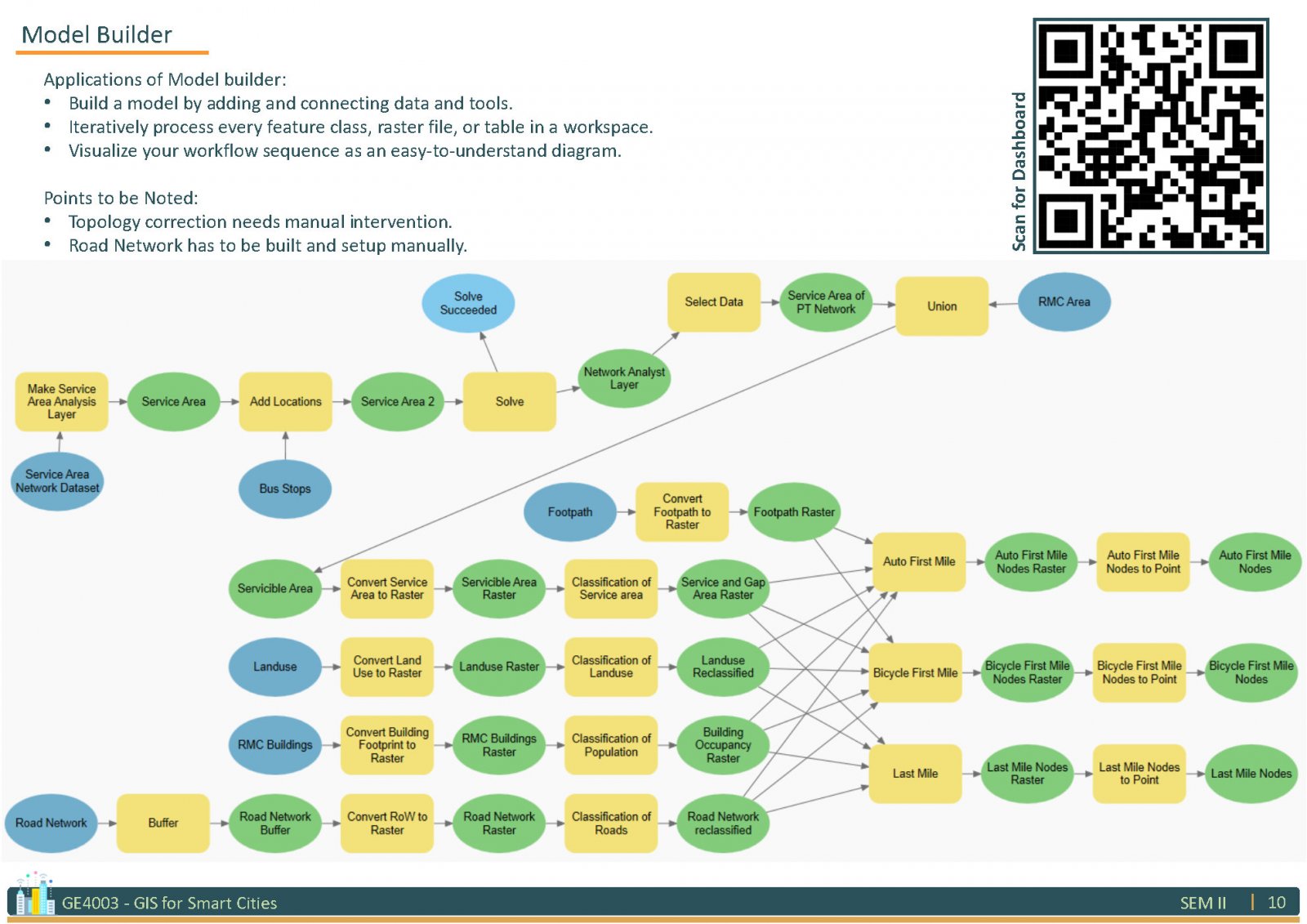Your browser is out-of-date!
For a richer surfing experience on our website, please update your browser. Update my browser now!
For a richer surfing experience on our website, please update your browser. Update my browser now!
Mobility in smart cities upholds the operations of man and machine. The Mobility elements are reflected in a region’s economic growth, the comfort of passengers, the traffic movement and the timely delivery of goods. If we look at Smart cities in India, a Smart Mobility model focuses on complete end-to-end connectivity, mass transit made that easy and quick, on-demand solutions for moving between places, ride-sharing, promoting a Non-Motorized Transport system, reduced traffic congestion, clean and efficient transport systems and more. The elements of mobility are interdependent, and this inter-dependency is the area to focus on to structure the services and movement within a region to the optimum state. This study aims to improve First/Last Mile connectivity in Rajkot smart city by proposing Intermediate Public Transit (IPT) stands in areas where Public Transport Services are absent. We have considered specific parameters as per the study area to propose these stands. We have also taken an AHP-based approach to justify the parameters and influence.
View Additional Work